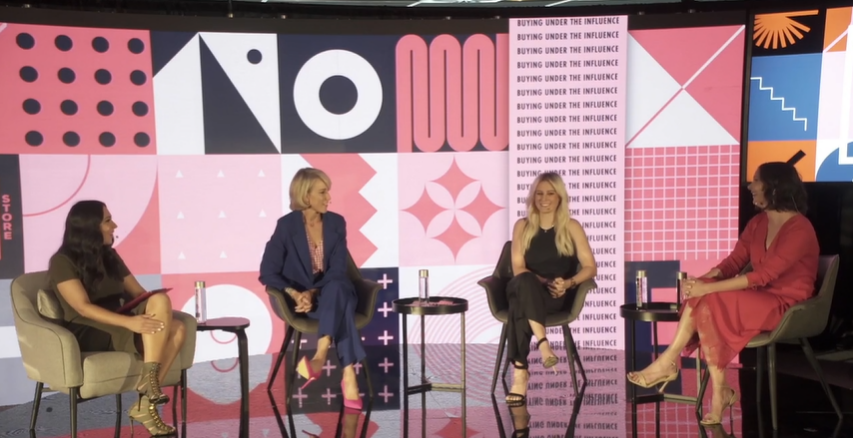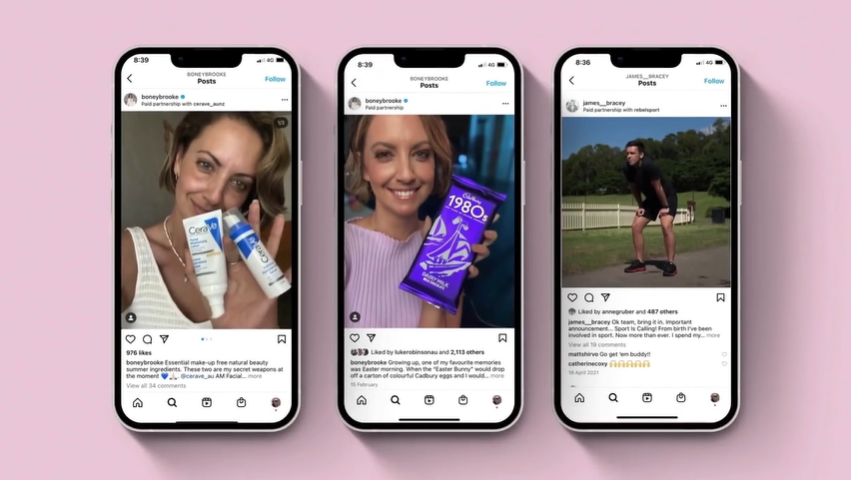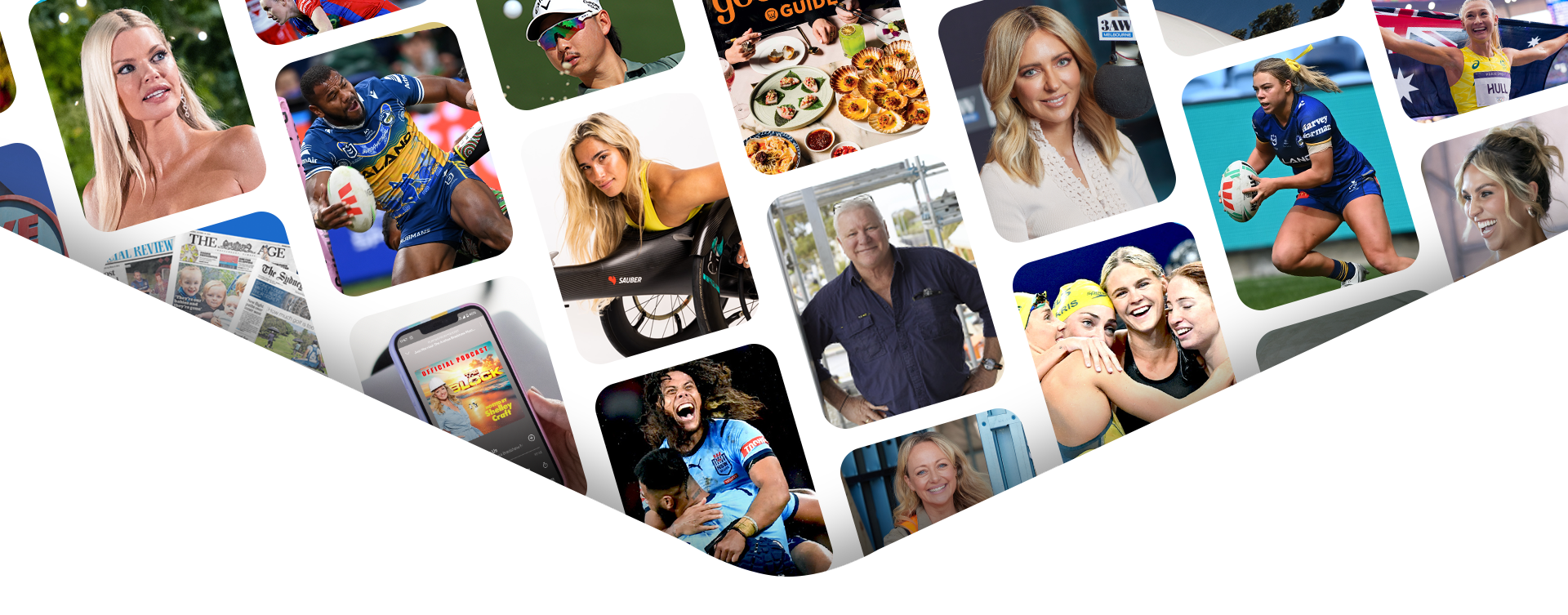Why marketers need to do their research when buying under the influence

Why marketers need to do their research when buying under the influence

The Influencer market is often derided, but it would be unwise to dismiss their role in today’s marketing ecosystem. From A-list celebrity stars and social media icons to everyday brand fans and micro-influencers, marketers are harnessing the power of digital platforms to find audiences.
But finding the right Influencer is critical for a brand’s campaign to get cut-through. Credibility, authenticity and a firm knowledge of regulatory framework is key.
A panel containing some of the most powerful people in Influencer marketing, including founder of Sweaty Betty PR and one of Australia’s original influencers Roxy Jacenko; Sharyn Smith from Social Soup and Chair of Australian Influencer and Marketing Council; Head of Branded Content at Powered Studios Jessica Parry; and General Manager of Powered Studios Anna Quinn, tackled some of the issues facing the industry in a session ‘Buying Under the Influence’ at The Big ideas Store.

With the Australian Securities and Investments Commission (ASIC) recently cracking down on finfluencers — social media influencers who focus on money matters — about their legal obligations around what constitutes financial advice, marketers must do their research on what influencers best suit their brand.
“We see it as a good thing. More regulation is only going to bring more trust into the industry,” says Sharyn Smith. “Regulation helps build credibility. With ASIC’s [finfluencer crack down], I saw a stat that said a third of all 18 to 21 year olds follow a finfluencer.
“We want to keep financial markets safe and we are working with ASIC to clarify what giving financial advice constitutes. But then…it’s also a good thing that young people can develop financial literacy so we want to find the right way to go about this and I think the industry will evolve and be better for it.”
“The biggest time in influencer marketing is taken up by finding the right influencer; you have to invest the time and money into that, and brand safety comes from if you are in a more regulated environment.”
The relative newness of the category and ongoing changes to regulation can make it a tricky environment to navigate without the expertise. Jessica Parry helps clients navigate through those regulatory areas through her role as Head of Branded Content at Powered and says Influencer marketing is playing catch up to the world of branded content in traditional media.
“We have always abided by regulatory rules in branded content,” says Parry. “We want to work with influencers who understand what they’re talking about, so, yes, great to be an finfluencer but what are your qualifications? How credible are you in the space? We’ll apply the knowledge that we have gained [from branded content], make sure they’re aware of the regulations and then obviously get legal advice if we need it.”
Parry agrees that Influencer selection is key to a successful campaign.
“We look for quality, and if the influencer has 200,000 followers but the content is average that’s not great,” she says. “They have to have quality content, we have to be able to trust that they will produce the content they say they will; engagement is important as is reach obviously, but I think the most important thing for us is to consider the client’s objective.”
For one of Australia’s original Influencers, Roxy Jacenko, ensuring brand safety with the creators she brings on is important – and she offers some sage advice for those wanting to connect with brands.
“There’s been lots of different matters [involving Influencers in media stories] that have come up over the course of the last 24 months, and I think the most important thing to remember as an influencer is to be smart when you’re using social media,” she says.
“I know as someone who employees people, the first thing we do is check on social media to see how they conduct themselves, and how you act on socials is going to affect how you sell yourself into a brand or an agency.”

With consumers demanding authenticity and Influencers that are on the same page as their own ideals and ethics, Sharyn Smith says she is now seeing the rise of the micro-Influencer.
“The smart ones are the ones locking in the brands that they believe in, and that align with their values,” says Smith. “While we all want the bigger Influencers if you want to elevate a brand, the powerhouse is now with the micro-Influencer, which we call the ‘potency’. The potency is in the niche now; we want to move beyond this generalized lifestyle.”
And while Jessica Parry would use micro-Influencers for an FMCG, a recipe or fitness campaign, she says the true power of Influencer marketing can be illustrated through harnessing the power of Nine’s suite of assets.
“I see Nine as the ultimate macro-influencer because we have so many brands that can communicate to different audiences,” says Parry. “We consider our audience, and the client expectation. We have that advantage of taking a soundbite from Instagram and expanding it in such greater detail across our assets. Where applicable we’ll use Nine talent and mix that up with Influencer talent.”






